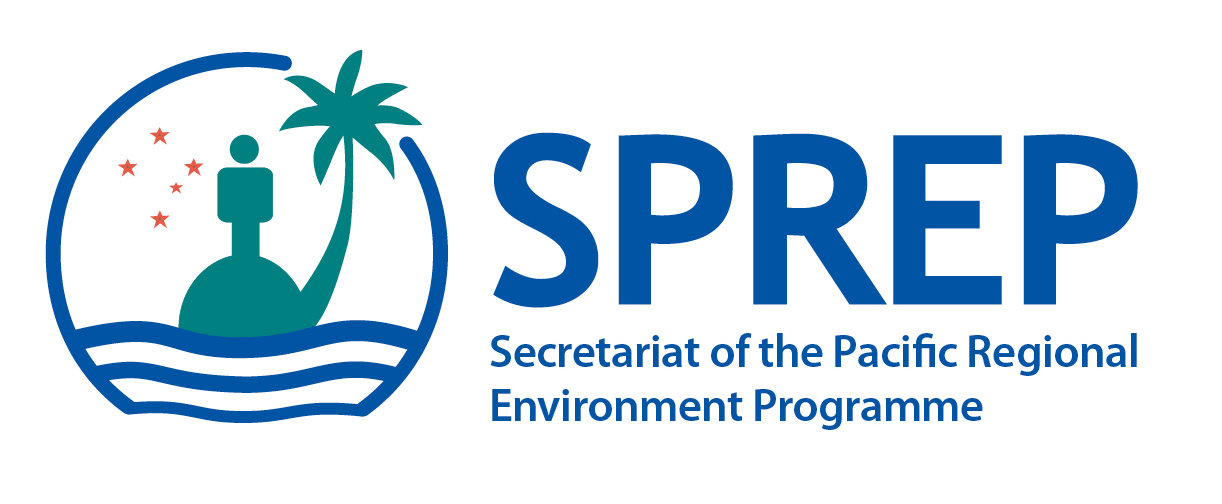The study of the ichthyofaunal corpus yielded by the archaeological site of Teouma, Efate Island, Vanuatu, has
revealed the unexpected presence of a significant number of bones of Eleotridae (Sleepers) on the site, as early as
2920–2870 cal. B.P. Out of the 8560 identified fish remains associated with the Lapita layers, which document
the period of initial settlement of the archipelago, 1368 have been determined as belonging to eleotrids, including
species of the genera Giuris, Ophiocara and Eleotris. They represent 16% of the corpus and occupy second
place among the dominant families in an assemblage composed otherwise of a wide-range of marine coastal and
reef-associated taxa. Even though the Lapita economy is characterised by an intensive and broad-spectrum
exploitation of all terrestrial and marine resources available and readily procurable, the eleotrids of Teouma are
the first clear evidence thus far of the exploitation of freshwater environments by Lapita communities anywhere
in their range. A river and a swamp are present in the vicinity of the site, and hooks and lines and/or multipronged
spears could have been used. Passive gear such as weirs, fish-traps or nets might have been applied as
well, enabling the capture of sleepers in larger quantities. The results presented here offer an original insight of
an unknown facet of Lapita subsistence strategies and aim to highlight the antiquity of freshwater fishing at a
regional scale.
| Field | Value |
|---|---|
| Publisher | Secretariat of the Pacific Regional Environment Programme (SPREP) |
| Modified | |
| Release Date | |
| Identifier | cd4eff61-6001-4edf-8ba3-4e99a5e4e4c2 |
| Spatial / Geographical Coverage Location | Vanuatu |
| Relevant Countries | Vanuatu |
| Language | English (United States) |
| License |
SPREP Public Licence
![[Open Data]](https://assets.okfn.org/images/ok_buttons/od_80x15_blue.png)
|
| Author | Bouffandeau, L., Bearez, P., Keith, P., Bedford, S., Spriggs, M. |
